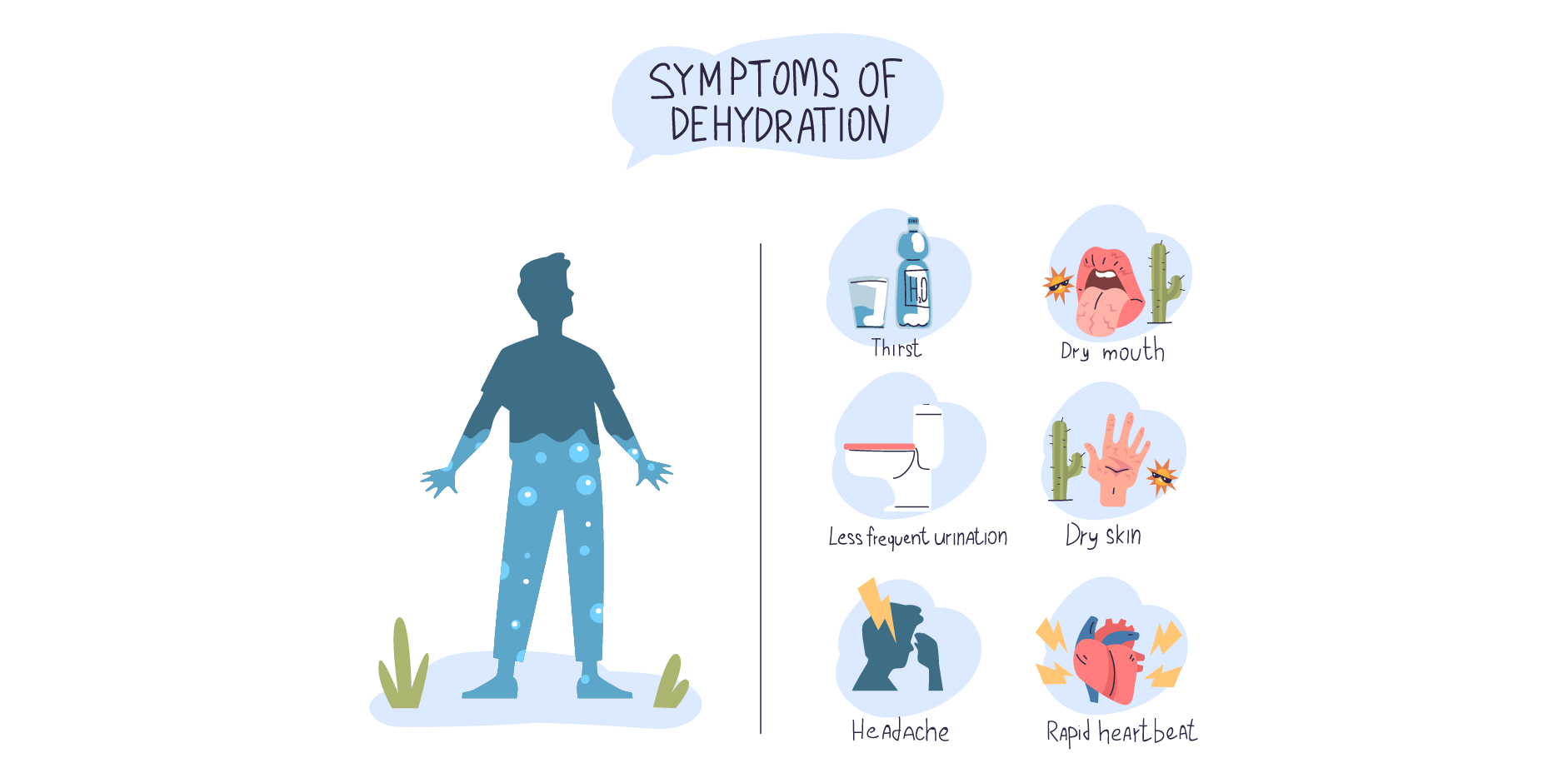Content on this page:
Content on this page:
Clinical Presentation
The diagnosis of gastroenteritis can be made on the basis of a detailed history and thorough physical exam.
Clinical Features
The incubation period may vary from 12 to 72 hours depending on the causative agent. Asymptomatic infection is common, and asymptomatic excretion after illness may last for several weeks. Infection varies from mild watery diarrhea of limited duration to severe diarrhea with fever and vomiting that can result in dehydration. The disease severity depends on the patient’s immune system, presence of comorbidities, viral load and virulence of the viral agent. The symptoms may persist for 3-8 days. Extraintestinal site involvement (respiratory tract, liver, kidney, lymph nodes and central nervous system) is common in immunocompromised patients.
Typical Symptoms
The typical symptoms of gastroenteritis are watery, bloodless diarrhea (in severe cases, 10-20 bowel movements daily), fever (low-grade), nausea and vomiting, abdominal cramps, and malaise.
History
Assess the onset, duration, frequency, quantity and character of vomiting and diarrhea. The clinical history also includes the recent oral intake and urine output, consumption of contaminated food or drink, history of recent infections or recent antibiotic use, exposure to family members or individuals with diarrhea, coexisting illness (eg immunodeficiencies, bone marrow transplant), status of immunization, daycare attendance, community gastroenteritis outbreak, and recent travel to a diarrhea-endemic area.
Physical Examination
 Gastroenteritis - Viral_Initial Assesment 1
Gastroenteritis - Viral_Initial Assesment 1The vital signs should be noted, which include the temperature, heart rate (HR), respiratory rate (RR), and the blood pressure (BP). The actual body weight change should be noted by measuring the actual and pre-illness body weight and is considered the gold standard measure of dehydration. Note for signs of dehydration (eg sunken eyes, dry mucous membranes, decreased tears, skin tenting, doughy feel to the skin). Tenting of the skin is associated with isonatremic dehydration, and doughy skin is a distinctive feature of hypernatremic dehydration. Observe for changes in mental status. Check for abdominal distension and tenderness and listen for bowel sounds.
Screening
Dehydration Assessment
Isotonic dehydration is a common finding in patients with rotavirus gastroenteritis.
 Gastroenteritis - Viral_Initial Assesment 2
Gastroenteritis - Viral_Initial Assesment 2Minimal or No Dehydration
A minimal or no dehydration consists of <3% loss of body weight (<5% in infants). There is normal heart rate, respiratory rate, and pulse volume; normal eyes with the presence of tears and moist mucous membranes; normal capillary refill; and normal to decreased urine output. The patient is well and alert.
Mild to Moderate Dehydration
A mild to moderate dehydration consists of 6% loss of body weight (5-10% in infants). There is normal to increased heart rate and respiratory rate; normal to decreased pulse volume; slightly sunken eyes with decreased tears and sticky mucous membranes; delayed capillary refill; and decreased urine output. The patient may appear normal, listless or fatigued.
Severe Dehydration
Severe dehydration consists of >9% loss of body weight (>10% in infants). There is tachycardia with bradycardia, especially in severe cases and deep respirations; a thready to absent pulse; deeply sunken eyes with absence of tears and parched mucous membranes; poor capillary refill; and minimal urine output. The patient may appear lethargic to comatose.
